Cells to Civilizations

Cells to Civilizations
THE PRINCIPLES OF CHANGE
THAT SHAPE LIFE
Enrico Coen

Copyright 2012 by Princeton University Press
Published by Princeton University Press,
41 William Street, Princeton, New Jersey 08540
In the United Kingdom: Princeton University Press,
6 Oxford Street, Woodstock, Oxfordshire OX20 1TW
press.princeton.edu
Jacket illustration of coral is courtesy of Haeckels Art Forms from Nature.
Jacket photographs: Old Wooden Wheel Hisom Silviu; Green Gecko
on the Roof (Zurich zoo) Natali Glado. Photographs are courtesy of Shutterstock.
All Rights Reserved
Library of Congress Cataloging-in-Publication Data
Coen, Enrico.
Cells to civilizations: principles of change that shape life / Enrico Coen.
p. cm.
Includes bibliographical references and index.
ISBN 978-0-691-14967-7 (cloth : alk. paper) 1. Life (Biology)
2. Evolution (Biology) 3. Developmental biology. 4. Learning.
5. Social change. I. Title.
QH501.C63 2012
576.8dc23 2011045729
British Library Cataloging-in-Publication Data is available
This book has been composed in Perpetua Std
Book design by Marcella Engel Roberts
Printed on acid-free paper.
Printed in the United States of America
10 9 8 7 6 5 4 3 2 1
 Contents
ContentsCells to Civilizations
INTRODUCTION

A Recipe for Change
LIFE HAS REMARKABLE transforming powers. Through billions of years of evolution, elementary forms are transformed into the complex creatures of today. Over nine months a nondescript egg turns itself into a human being. During a few years a flailing baby becomes a walking, talking, and reasoning adult. And over ten thousand years, human societies are transformed from small tribal communities into the complex cities and civilizations of today.
It is tempting to think that this transformative property of life depends on a single underlying mechanism. Yet when we look, we see four very different mechanisms at play. All the creatures on our planet are thought to have arisen as a result of individuals competing for survival and reproduction over many generations, through the process of Darwinian selection. Quite a different mechanism underlies the development of an egg. As a fertilized egg goes through repeated rounds of division, patterns are built up in the embryo by cells signaling and responding to each other in various ways. Development is about patterning within a growing embryo rather than competition for reproductive success. Yet another mechanism underlies learning. As an animal interacts with its surroundings, neural connections in the brain are modified. Some connections are lost or weakened while others are formed or strengthened, allowing new relationships in the environment to be captured. Learning is all about modifying neural interactions and connections. Finally we come to cultural change. Humans interact within social groups, leading to advances in tools, artifacts, and knowledge. Culture is a social phenomenon that depends on how we as humans behave and interact.
There is no obvious commonality among the operations of these various processes. They all seem to happen in completely different ways: evolution by differential reproductive success, development by cell proliferation growth and patterning, learning by changes in neural connections, and cultural change through human interactions.
It seems strange that Nature should have come up with four entirely different transformation mechanisms. Just as physicists strive for a theory of everything, one that brings together its fundamental theories, so you might expect biologists to be seeking a unified theory for living transformations; a theory that encompasses evolution, development, learning, and cultural change. Some attempts at unification have been made in the past. Ernst Haeckel, a keen follower of Darwin in the nineteenth century, proposed a direct relationship between evolution and development. He thought that as an embryo develops, it reenacts its evolutionary history. Thus, human embryos would pass through a fishy stage, a reptilian stage, and so on, as they grow in the womb. This idea, however, was later shown to be misguided. A more recent attempt at bringing together evolution and learning was Gerald Edelmans theory of neural Darwinism. In the 1980s Edelman proposed that neural patterns in the brain are selected for during learning in a way that parallels natural selection. This idea, however, has been heavily criticized. It seems that a unified explanation of diverse living transformations is fraught with difficulties.
Perhaps Nature really has four completely different ways of transforming itself and we should look no further. I believe this view is mistaken. In this book I want to show that recent advances in our scientific understanding have given us access to a unified picture of how living systems transform themselves, from the origins of bacteria to the creation of an artistic masterpiece. For the first time, we can begin to see a common set of ingredients and mechanisms underlying lifes transformations.
Why should finding common ingredients matter? After all, studies on evolution, development, learning, and culture seem to have so far moved along quite happily without concern for overarching similarities. What do we gain from viewing them collectively? Suppose you compare the way ice melts with how water boils. These processes differ in many ways: the first involves a solid turning into a liquid around zero degrees centigrade, while the second involves a liquid turning into a gas at one hundred degrees. Yet these two transitions can also be seen to have many features in common, for both involve a change in the strength and energy of interactions among water molecules. They are different manifestations of the same underlying process. This unifying perspective gives us a deeper understanding of what is happening than what we perceive by simply viewing each transition in isolation. In the same way, looking at the common elements behind different living transformations can help us to understand the essence of each process, while also giving us a broader overview of events.
Such an approach is perhaps reasonable for evolution, development, and learning as they are all subjects of intense scientific investigation. It might, however, seem a little far-fetched to extend this approach to cultural change. We tend to think of human creativity and culture as being so complicated and special to us that science can have little to say about them. But when it comes to looking at living transformations as a whole, we see that science plays a dual role. On the one hand, science provides a source of knowledge about the world and our place within it, and thus frames our culture. On the other hand, science is a product of culture, the result of humans working collectively over many years to make sense of the world around them. It is only when we look at all types of living transformation together that we can get a clear view of this dual aspect of our outlook, of how science both frames our culture and is framed by it. We then gain not only a broader understanding of how cultural change is brought about, but also a better understanding of how it is related to our biological past.
Next page

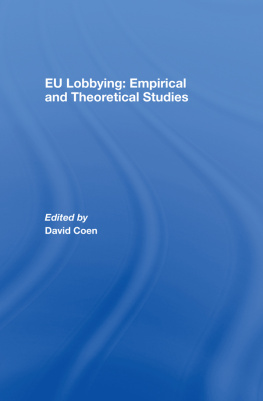




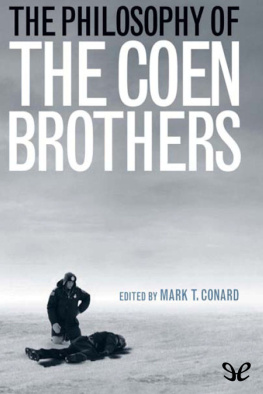
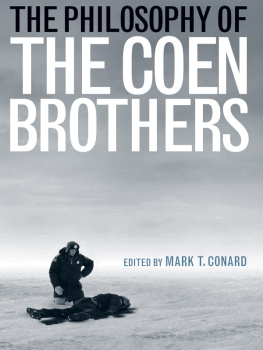
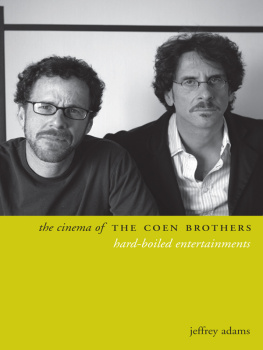
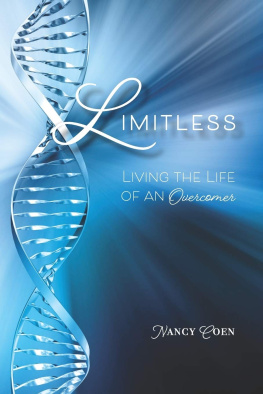

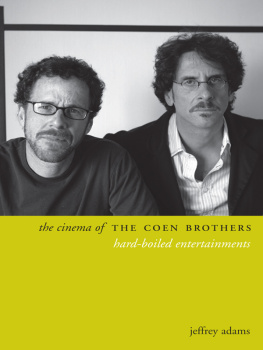


 Contents
Contents